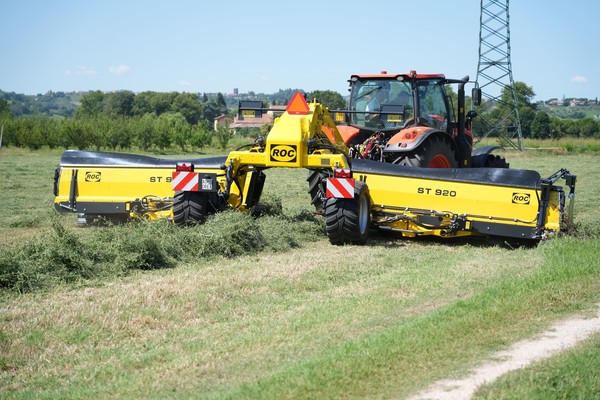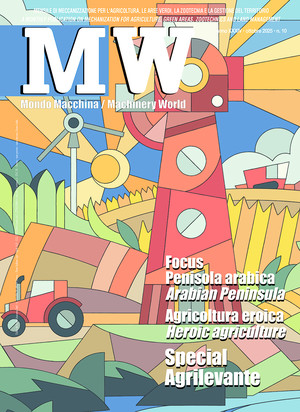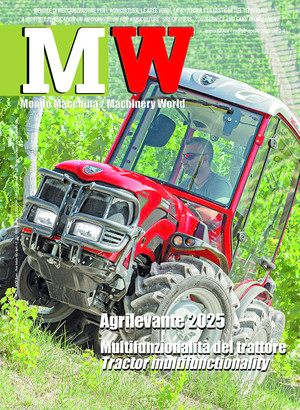
Roc improves the concept of raking
Roc debuts its ST series at Agritechnica to further improve its position in the haymaking sector. The new series essentially represents a meeting point between the RT and RS lines. It combines the performance and advanced suspension systems of the RT (hydraulic, hydro-pneumatic and mechanical) with the optimized configuration of the RS. The experience gained with the two series already in operation has yielded this solution that offers significant advantages in terms of quality and productivity.
The main difference is the harvesting system: the new equipment loads the crop and then transports it to a conveyor belt, while standard rakes drag the crop across the field to the windrow. According to Roc, this entails a series of advantages. First of all, there is less hay stripping and higher quality product. In fact, after drying in the sun, the small alfalfa stems that support the leaves become extremely fragile and mau undergo breakage during raking, if done with rotary rakes, especially at times when there is no dew. All this causes the loss of leaves containing proteins important for animal feed. With the Roc system the product is loaded and placed on the belt to be transported laterally, thus reducing its spoilage. Roc also points out the lower product losses. In the case of tracks or holes, traditional rakes tend to lose part of the product when dragging, but with the ST rake system this does not happen because the product is moved on a belt and not placed in contact with the ground. Also of note is that less damage occurs during the recovery phase of the plant. Under normal conditions, some crops, such as alfalfa, already have regrowth consisting of small stems with a few leaves 2 or 3 days after mowing. In this condition, the use of rotary rakes can cause breakdowns and losses in terms of operating time which, in the case of five cuts, can translate into delays of weeks at the end of the harvest period.
Among its new products, Roc highlights the ST 920 forage merger, which is different from all other models in the earlier RT line. It is a versatile machine, with several optional features, and can work with both a closed and an open element and also allows for a variable central width from 60 cm to 1.9 m. The new offset system allows the pick-ups to move 1 meter and perform a swing with the pick-up, a feature increasingly requested by users.
Going into detail, the ST 920 forage merger is made up of two 3.65 m elements with three cams each and has a variable working width of between 7.3 and 9.2 m using a double hydraulic balance system that allows the distance between the two pick-ups to be varied, even during work. With the pick-ups attached it can discharge one swath to the right and one to the left, or both to the right or left, while with the pick-ups spread out it can discharge both swaths to the center, or one to the center and one to the left, or one to the center and one to the right, or finally both swaths to the sides. It is comes equipped standard with: six-rod pick-up, eight wheels arranged in tandem with mechanical spring suspension (manual adjustment), hydro-pneumatic suspension with cylinders, wide band kit for difficult products, manual belt stopping system, and hydro-pneumatic suspension on the road.








